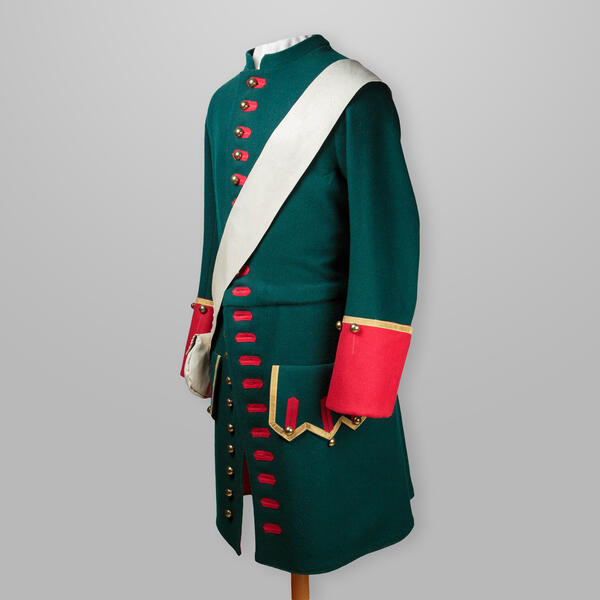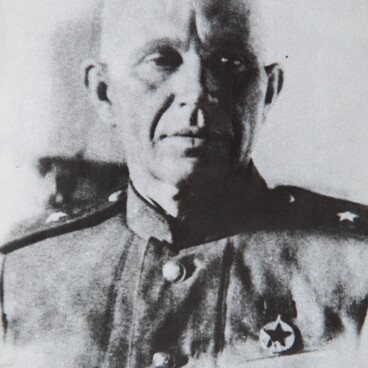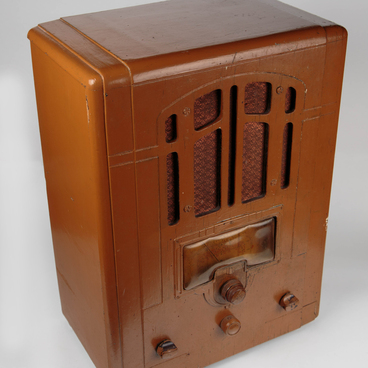This uniform of a ranker from the museum’s collection belonged to a member of the Preobrazhensky Life Guards Regiment. The Guards Infantry Regiment of the Imperial Russian Army was founded during the reign of Peter the Great, in 1690. Two years later, Yury (George) von Mengden was appointed its commander.
In 1695–1696, the regiment took part in the Azov campaigns. In 1697, during the Grand Embassy of Peter the Great, boyar Aleksei Semyonovich Shein was in charge of defending the Azov fortress with the help of the Preobrazhensky Regiment. On July 20 of the same year, during the battle on the Kagalnik River, the bombardier company of the regiment particularly distinguished itself.
By 1700, more than three thousand people served in the regiment. It took part in all the key battles of the Northern War (1700–1721), as well as in the Pruth River (1711) and Persian (1722–1723) campaigns. After the death of Peter I, the Preobrazhensky Regiment participated in the Russo-Turkish War (1735–1739) and the Russo-Swedish Wars (1741–1743 and 1788–1790).
In the early 19th century, the regiment fought in the wars with Napoleon’s army. During the Battle of Borodino, the unit was in reserve for a long time, but then entered the battle. In the appendices to his 1912 book, Boris Yevgenyevich Byutsov quotes the words of Baron Georg Andreas von Rosen, “With columns consisting of the Preobrazhensky, Semyonovsky and Finnish regiments, for 14 hours, I was under continuous cannon, buckshot and, of course, rifle fire.”
In the same appendices, Boris Byutsov published documents according to which 65 people from the lower ranks of the Preobrazhensky Life Guards Regiment — field sergeants, non-commissioned officers, musicians, grenadiers, and privates — were presented with awards.
After the Battle of Borodino, the regiment participated in the Foreign Campaigns as part of the Imperial Russian Army (1813–1814), and distinguished itself during the Battle of Kulm in 1813, for which it was awarded the St. George Banner. The Preobrazhensky Regiment took part in the Russo-Turkish War of 1828–1829, the suppression of Polish uprisings, and the Russo-Turkish War of 1877–1878.
The museum presents an
exact replica of the uniform created in 2005.





